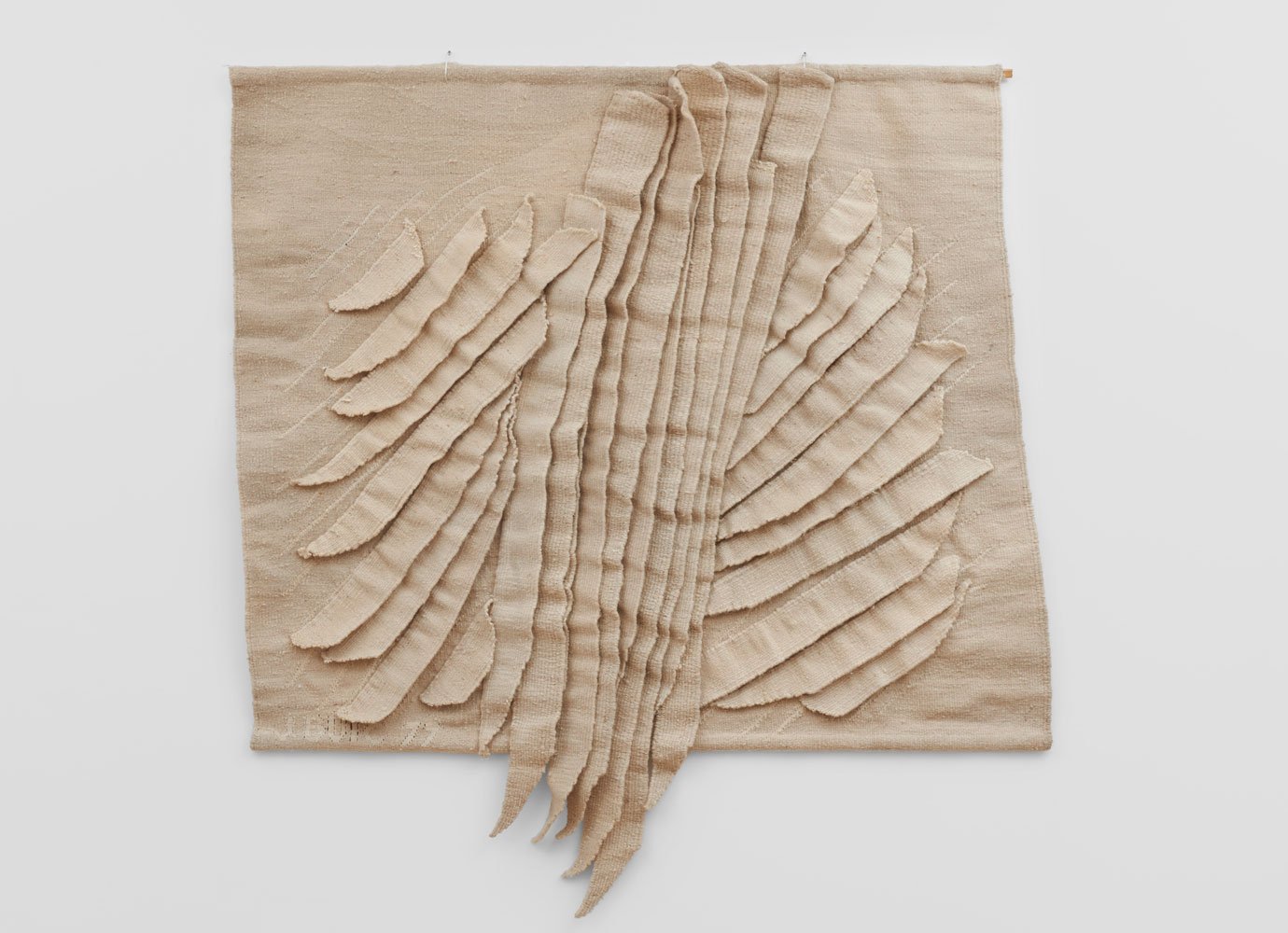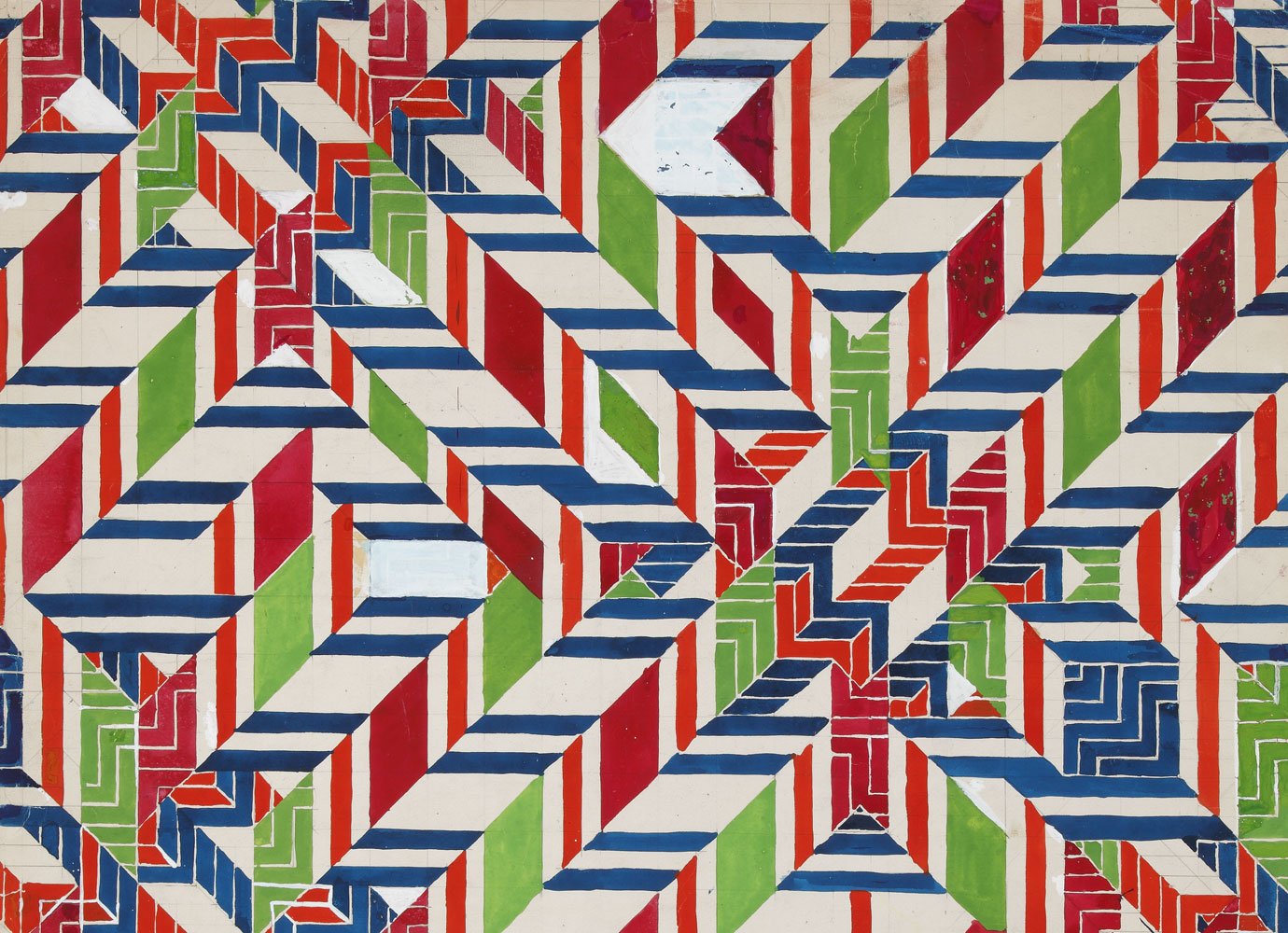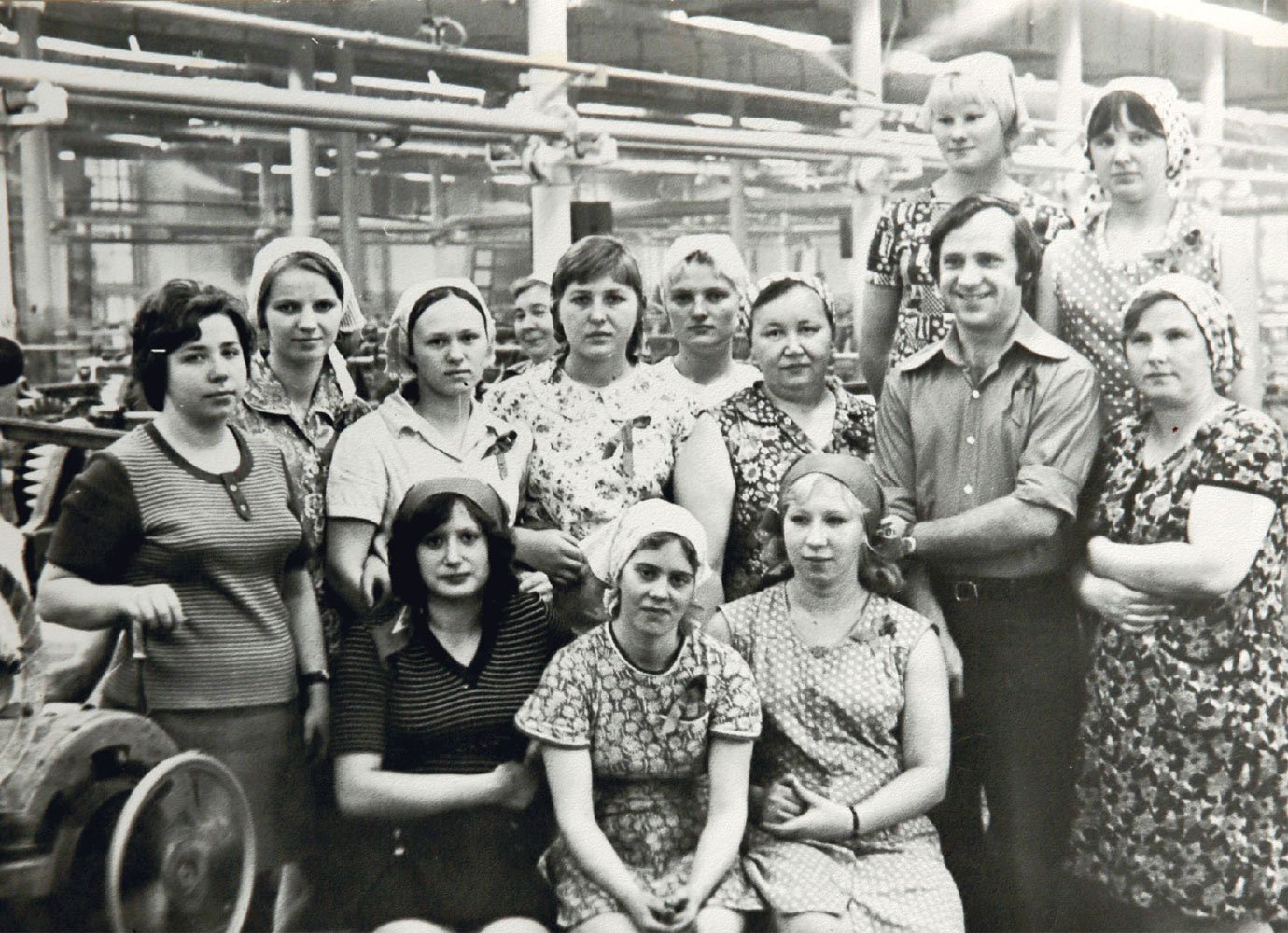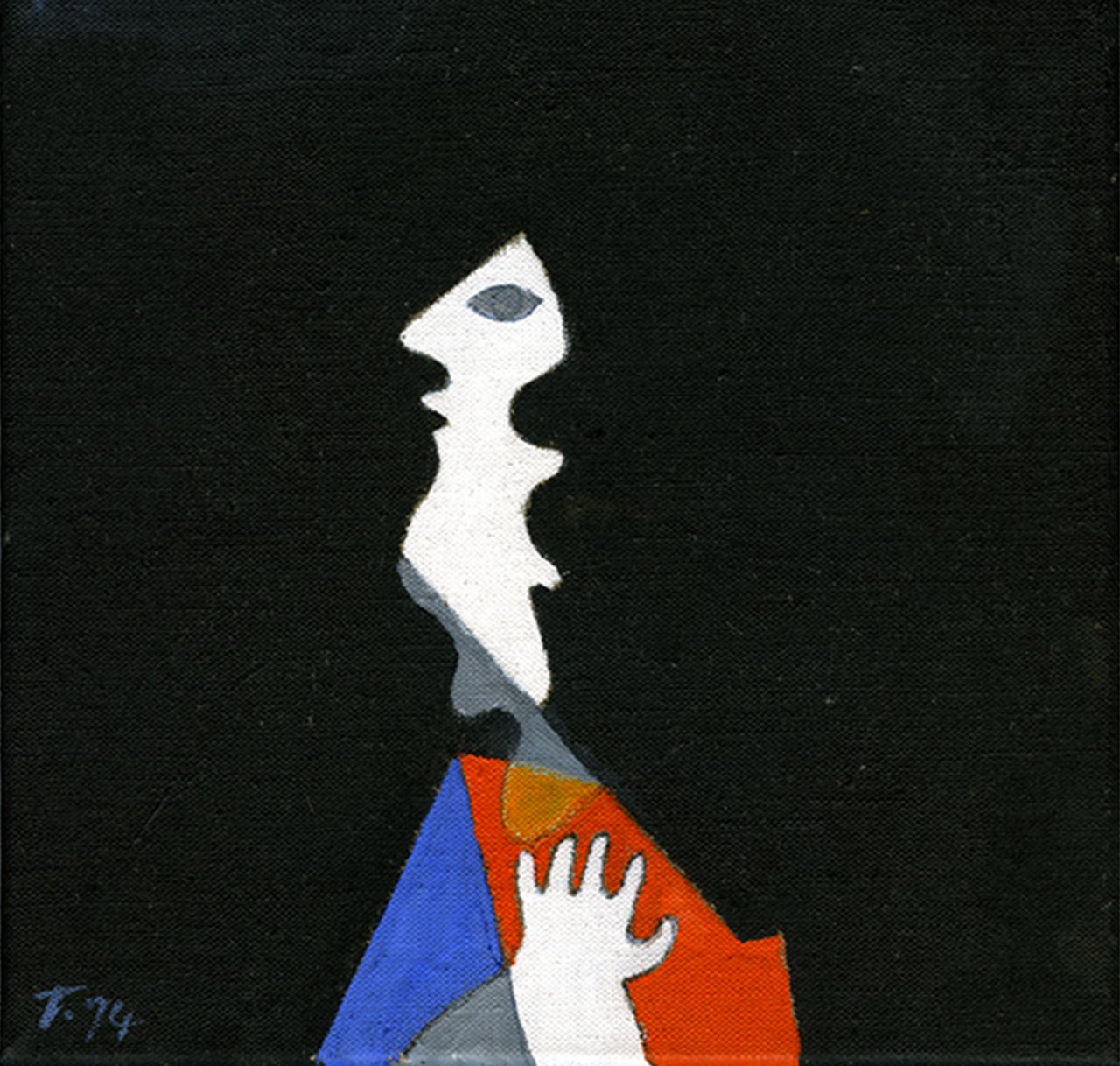Jagoda Buić deconstructed Balkan weaving traditions, turning threads into sensuous textile environments

We look at the work of Croatian artist Jagoda Buić, born on this day in 1930, whose floor-to-ceiling abstract tapestries elevated the status of weaving.
When Croatian artist Jagoda Buić (b. 1930) started making textile works in the mid-1960s, the medium was still considered closer to craft than fine art. Using sisal, wool, cotton, and horsehair, she tapped into the tradition of Balkan weaving to create abstract pieces that hung from the wall, dropped from the ceiling, or stood tall in the center of rooms. Her most dramatic pieces take on architectural volumes; even her flatter two-dimensional works appear animated, extending outward through folds and bulges. This has led Buić’s practice to be described as both “anti-tapestry” and “textile environments”, a testament to her aesthetics, which blur the line between art, craft, and architecture.
As parts of her works are always concealed by threads or fabric, they give off the feeling that something’s curtained off from the viewer
Buić’s contributions to the field of textile art were recognised early on: she participated in the seminal 1969 exhibition Wall Hanging at MoMA, and was included thrice in the Venice Biennale, in 1968, 1970, and 2001. However, she still hasn’t received institutional recognition in the UK or the US, although Tate did recently acquire one of her textile works from 1972 entitled Orpheus. For gallerist Richard Saltoun, who represents Buić and others who worked behind the Iron Curtain, the international exposure of these artists is 30 years behind where it should be due to Cold War isolationism.
Buić is best known for her textile work, but she has also experimented with paper, cardboard, and salvaged iron. Materiality is central to her practice and she would often centre around the suppleness of thread or the rigidity of metal. When a journalist asked her what was the common trait across her decades-long career, on the occasion of her retrospective at the Museo Revoltella in Trieste, she answered that it was a history of her obsessions.
Jagoda Buić, Dubrovnik (1973)
Defining features
To make her textile sculptures, Buić collaborated with weavers from different regions of Croatia. She used the materials and techniques of traditional hand-woven tapestries and infused them with her modernist sensibilities. Forsaking folk forms and motifs, she often left the textile bare, highlighting the natural color and texture of its fibre. If she dyed it, it was a monochrome colour, such as black, white, earth brown, or blood red, which encourages the viewer’s focus to remain on the sensuous quality of the material.
Buić’s treatment of textile is characterised by folds, layers, and bulges arranged rhythmically across the surface of the work. While abstract, these can evoke ripples of water and the Dalmatian coast or, in the case of White Reflections (1977) and Dynamic Black Circle (1978), the folds of a woman’s labia. As parts of her works are always concealed by threads or fabric, they give off the feeling that something’s curtained off from the viewer, hidden away, just out of view. Their tactile surface seems to invite us to brush elements aside and see what’s behind.
Jagoda Buić, Cercle dynamique noir [Dynamic black circle] (1978)
Style and work
Buić’s immersive textile sculptures are influenced by her work in theater. After studying visual art in Zagreb, Buić headed to Vienna, where she graduated with a degree in scenography and from the Academy in Fine Arts in 1953. She went on to design sets and costumes for almost 200 theatre, opera, ballet, and cinema productions, and this career informed the artistic practice she developed simultaneously. Her textile sculptures show a keen awareness of their position in space. For example, Fallen Angel (1966-1968) features threads that hang from the piece down towards the floor, and the shadows they cast on the wall are as integral to the work as the diamond design worked into its surface. But Buić’s large-scale sculptures are perhaps the most illustrative of her scenographic experience: extending from floor to ceiling or along the length of walls, they encourage the viewer to immerse themselves in the tactility and rhythms of her work.
Jagoda Buić, L'Ange Chassé [Fallen Angel] (1966-69)
Related
Buić’s textile work can be placed within a phenomenon in the 1960s and 1970s, when female artists began using textiles to create freestanding, sculptural pieces. During this period, the male-dominated field of Minimalism had taken over the world, with artists like Donald Judd and Sol Lewitt constructing works from steel and concrete. Buić and other women subverted this aesthetic by working with textile, a softer, malleable material that was considered more feminine. In an interview with AnOther Magazine, the artist Sheila Hicks explains that, at the time, “textile had been relegated to a secondary role in our society, to a material that was considered either functional or decorative.” By showing what a visual artist could do with it beyond the realm of tapestry, Buić, Hicks, and others transformed the status of textile and needle media. The movement was global: it took place across Eastern Europe (Jolanta Owidzka, Barabara Levittoux-Świderska, Magdalena Abakanowicz, Ana Lupaș), Western Europe (Aurèlia Muñoz) the United States (Hicks, Faith Ringold, Judy Chicago, Claire Zeisler), Latin America (Olga de Amaral) and India (Mrinalini Mukherjee, Monika Correa). Each of these women pioneered the development of textile art, unbinding it from the confines of craft work and domestic settings through spatially dynamic pieces that highlight the medium’s expressive capabilities.


